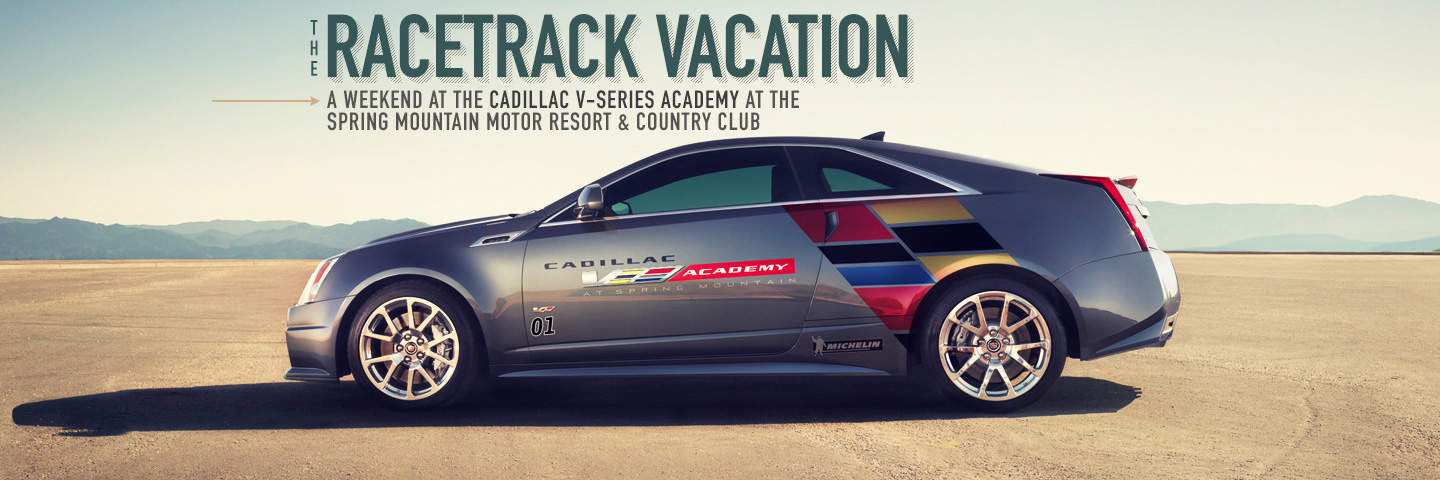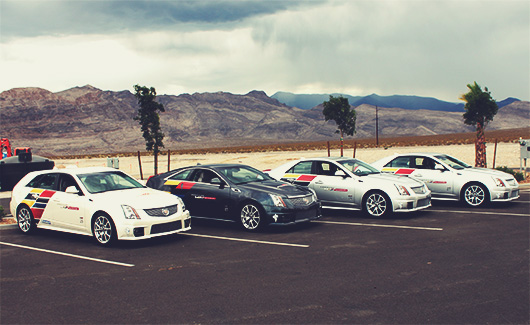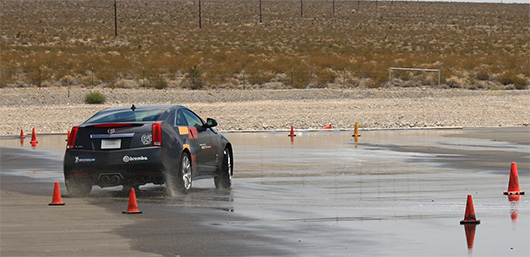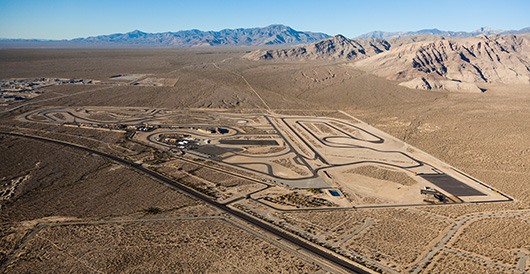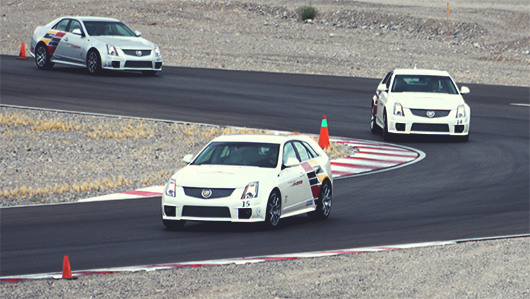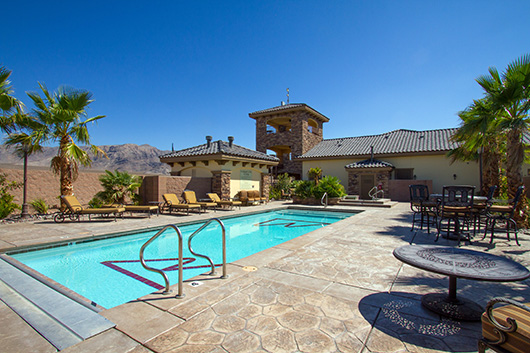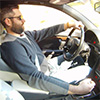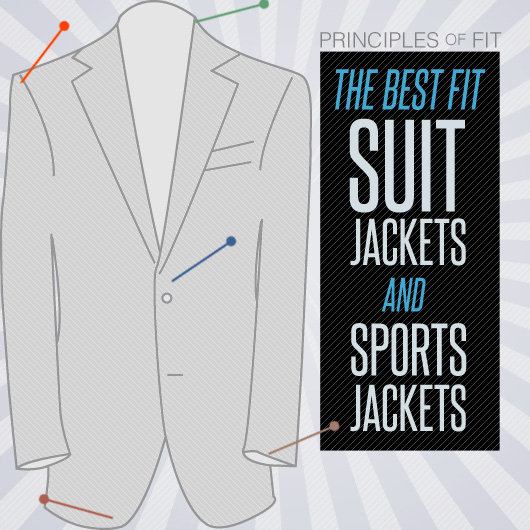This post in partnership with Cadillac.
As humans, we essentially have two choices on how we live our lives. We can choose to simply exist as we are at this very moment in time, or we can choose to expand our knowledge and abilities so that as we grow so do the possibilities for a more enjoyable and exciting life. As I travel down the long empty expanse of desert highway, 1,800 miles from my home, I think about the choices in my life that have led to this exact moment. Me? At a country club? Now that I’ve made this choice, what will my life be like?
The country club in question here is not what typically comes to mind, though. Located in Pahrump, Nevada, Spring Mountain is an oasis in the arid Mojave Desert. Its world-class facilities, comfortable condos, and incredible staff are the reason it’s the largest country club of its kind in the world. The 6.1 miles of racetrack on the property don’t hurt either. That’s right, Spring Mountain—or Spring Mountain Motorsports Resort and Country Club as it’s known to the rest of the world—is a country club centered around speed, squealing tires, and burning fuel. It’s a country club for car guys. No golf course, although there’s a putting green by the clubhouse. No golf carts, but you can learn how to drive Cadillac CTS-V racecars—at the new Cadillac V-Series Academy.
You learn many techniques that apply to everyday driving situations as well, and the classes are open to drivers of all experience levels. You don’t even have to own a Cadillac to attend! The instructors, Paul and Ray, are friendly, engaging, and, most importantly, patient with their students. Their passion for the curriculum is obvious. The classes were developed by Rick Malone, a veteran racer and all-around nice guy, and have been thoroughly refined by the experienced staff. They’re presented in a way that helps you retain and quickly put to use what they teach. To that end, learning takes place in three different areas: the classroom, the paddock, and the track. And in the world’s fastest family of production cars. Family? Yeah, because the Cadillac CTS-V series includes not only the 4-door sedan, but also a 2-door coupe and a wagon. Yep, a 556 horsepower, supercharged wagon.
The Classroom
Classroom time is kept to a minimum because, after all, it’s a driving school. By talking over each exercise, and explaining the science and reasoning behind it, however, everything you do when you’re actually driving the car makes more sense. It’s difficult to believe that a session on “The 8 Steps to a Corner” can be engaging, but by using digital aids like videos and corner diagrams on touchscreen displays, along with slightly less mainstream techniques (like when Paul sits on a tire to explain how weight transfer affects how much surface area of the tire touches the road), they manage to keep the whole experience fun. Also, sessions in the classroom come at strategic intervals throughout the day, in between stretches of driving, so you can cool down, rehydrate, and give the cars a break from time to time.
The Paddock
The paddock is essentially a 300ft x 500ft secure parking lot with no curbs or light poles. It’s a safe place. In order to grow and gain experience in anything, we need to be able to experiment, and fail without fear of retribution or injury. This is what the paddock is for. Here, we learn about car control, emergency braking, and avoidance maneuvers. As Paul gives instruction and explains what we’ll be doing, Ray demonstrates in one of the CTS-Vs. When it’s my turn, I’m surprised by just how powerful the Brembo brakes on the CTS-V really are, even on a vehicle as heavy as the wagon. Exercises range from something simple like accelerating to 40mph and then standing on the brakes so that you stop in the shortest time possible, to something complex like making an emergency lane change and coming to a full stop…on wet pavement…with the ABS turned off.
After that, we do a slow-speed serpentine exercise to help us learn visual scanning techniques. Apparently, it’s easy to just look out the windshield and forget that your side windows provide a wealth of information. How do you break the habit of only looking through the windshield? Easy: Cover it up! A sunshade (like the one you use to keep your car cool) is placed over the windshield, and Ray walks alongside the vehicle, guiding you over the radio, while you slowly make your way through the cones. By not turning until you see the cone through the side window, you eliminate the rookie error of turning in too early.
Now for the car-control lesson. Ray and Paul set up cones in a large oval pattern so we can take laps around them and begin combining the braking and turn-in lessons we learned earlier, only at higher speeds. After that, we move on to a figure-eight exercise and the track is wetted down again. Remember what I said about failure? Fast turnarounds and high horsepower require a light touch on the steering wheel and an even lighter touch on the pedals. Get too frisky with either one and you’ll end up with a panoramic view of the facility really quickly. During my runs, Ray rides along. He’s definitely great at helping students discover the limits of their abilities, and also at guiding them through what to do once they’ve surpassed them. God forbid I ever lose control of my vehicle on a wet highway at interstate speeds, but if I do, I’m certain I’ll hear Ray’s voice coaching me.
The Track
This is where it all comes together. We’re introduced to the track early on day one with the heel-toe downshifting exercise. Having done a little bit of amateur racing in my late teens, I’m familiar with the whole concept (braking with the ball of your right foot, pushing in the clutch with your left foot, while simultaneously rolling the side of your right foot onto the gas to quickly raise the RPMs before you downshift, and then let off of the clutch and then the brake…all in about one second). But that was just over 10 years ago and I’m out of practice. To help it really sink in, we practice the footwork while parked, then do an up and back exercise on the track’s main straightaway for about 20 minutes or so. This means we have plenty of time to work out the kinks and get a few good ones in. Paul and Ray alternate between the cars, riding with each of us and giving guidance.
Before we’re turned loose on the full track, Ray drives us around the track several times in the school’s Escalade. This is probably the world’s most luxurious track vehicle, and it gives us a great view, so we can learn all the corners. After a few laps, we get back into our cars and set off on some lead-follow laps. During these laps, we travel in a single-file line: Paul or Ray in the front and the students behind like a row of baby ducks. Only these baby ducks are traveling at an average of 60 mph and reaching speeds of 80 to 90 mph on the main straightaway. The pace is set by whoever is directly behind the lead car, and Ray and Paul are constantly feeding information, suggestions, and tips over the 2-way radio system.
What’s even more impressive is that they’re relaying information to each of us by name, from the cockpit of their cars, which are sometimes 3 or 4 vehicles ahead. Every few laps, we rotate positions in line so everyone gets a chance to set their own pace and test their skills. Can’t keep up with the new pace? No problem, because more than anything else you’re encouraged to remain smooth and get each corner right. If that means slowing down, so be it. Everyone’s rate of mastery is different, and the instructors do an excellent job of tailoring the lessons to individual students.
By the afternoon of day two, we’ve done probably 50 laps of the track, and gotten really familiar with each corner, apex, and elevation change. Before we set out on our last runs, we go for a few ride-along laps with the instructors at the wheel. I ride with Paul, thinking his quiet and reserved demeanor will mean my lunch gets to stay where nature intended. Wrong…almost. As we roll onto the track, my ears fill with the sound of tires squealing, and I’m simultaneously pinned to the seatback and pulled by lateral G-forces left and right. All the while Paul is calmly pointing out turn-in points and braking markers, and reminding me to just focus and have fun. Fun? We’re going so fast I’m waving for last lap to make the drivers in front of us get out of the way so we can go by! When we pull back into the paddock, I’m left with a new respect for the vehicle and for my instructors. Now that I know the edge I was creeping up on during previous laps was that of my own skills, not the car’s, I’m ready to go out again. After my stomach settles.
The last round of the day is not a time to let it all hang out and see just how crazy you can be. No, it’s a chance to think back on everything you’ve learned, and put it together to do as clean a lap as you can. The communications over the radio are no longer instructions but thought-provoking questions, and encouragement to reflect on how we’ve grown during the course. While we’re in this almost meditative state, our laps become smoother, and our speeds gradually increase. If there’s one lesson I’ve taken away from the school, it’s that aggression doesn’t equal speed.
The Experience
I had an epic time. The people were fantastic, the cars were amazing, and the school itself had already passed my expectations 30 minutes in. I came into it expecting to do some laps in a fast car. What I left with was the experience of a lifetime. And the confidence that I’m now a safer, more capable driver.
I learned quite a few new driving skills, and the ones I had before are now more refined. As I make the drive back home, I find myself locating the apexes of corners; lightly applying the brakes as I take the off-ramp so that I maintain full traction with my tires; keeping my eyes up as I scan for possible issues that may lie ahead.
My wife had an excellent time as well. While she didn’t participate in the classes as a student, the instructors were more than happy to have her sit in on the classroom sessions, observe the paddock exercises, and even ride along with the instructors on the track. Admittedly, she only tagged along with me for about half a day. The rest of her time was spent enjoying the pool, clubhouse, and other amenities. She said her favorite part was being able to relax and catch up on some reading on our balcony, while having a great view of our group on the track. That’s right, it doesn’t have to be a “boys only” trip. Spring Mountain was designed with the whole family in mind.
If you’re looking for a chance to improve yourself in a way that books simply can’t touch, and want to walk away with a great story, you owe it to yourself to give the V-Series Academy a go. All that’s needed is a desire to have an incredible experience while driving one of the greatest vehicles America has ever made. While the price of tuition may seem high at first, it’s considerably lower than renting track time, hiring a private instructor, and renting a track-capable car. Plus, you don’t have to go out and buy a CTS-V just to try it on the track. Although, after you get home, you’ll probably start looking for one.



